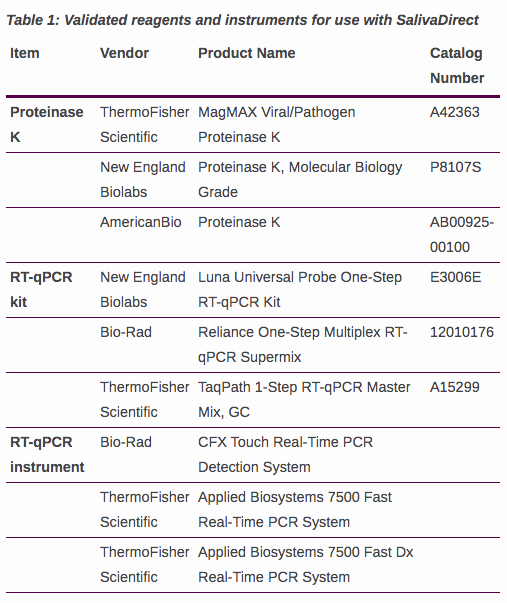
🧬Latest #SARSCoV2 B.1.1.7 update from Connecticut.
- 9 B.1.1.7 cases detected in CT
- Most travel related
- We sequenced 28 SGTF samples from CT, 5 (18%) are B.1.1.7.
1/4, short 🧵
covidtrackerct.com/variant-survei…
- 9 B.1.1.7 cases detected in CT
- Most travel related
- We sequenced 28 SGTF samples from CT, 5 (18%) are B.1.1.7.
1/4, short 🧵
covidtrackerct.com/variant-survei…
2/4
We sequenced 5 B117 cases in CT all (all in New Haven County, where we do most of our surveillance). The other four have been reported by The Jackson Labs (3, sequences not yet available) and Quest Diagnostics (1). They represent at least 4 seperate introductions.
We sequenced 5 B117 cases in CT all (all in New Haven County, where we do most of our surveillance). The other four have been reported by The Jackson Labs (3, sequences not yet available) and Quest Diagnostics (1). They represent at least 4 seperate introductions.

3/4
We also sequenced 39 SGTF samples from out of state: FL, TX, TN, AZ, NJ, MA, NY, and IL. Combined with 28 form CT:
- 20 (30%) are B.1.1.7
- 40 (60%) are B.1.375
- 7 (10%) are other lineages
We'll break these down by date/location as we collect more data.
We also sequenced 39 SGTF samples from out of state: FL, TX, TN, AZ, NJ, MA, NY, and IL. Combined with 28 form CT:
- 20 (30%) are B.1.1.7
- 40 (60%) are B.1.375
- 7 (10%) are other lineages
We'll break these down by date/location as we collect more data.

4/4
Thanks to our partners at @yalepathology, @YNHH, @CTDPH, @NHPublicHealth, @TempusLabs, @TakeWeightOffMD.
And of course my team @tdalpert, @JosephFauver, @MaryPetrone10, @AndersonBrito_, @aewatkins6, @VogelsChantal, Mallery Breban, & others for their hard work!
🙌💪🍻
Thanks to our partners at @yalepathology, @YNHH, @CTDPH, @NHPublicHealth, @TempusLabs, @TakeWeightOffMD.
And of course my team @tdalpert, @JosephFauver, @MaryPetrone10, @AndersonBrito_, @aewatkins6, @VogelsChantal, Mallery Breban, & others for their hard work!
🙌💪🍻
• • •
Missing some Tweet in this thread? You can try to
force a refresh









